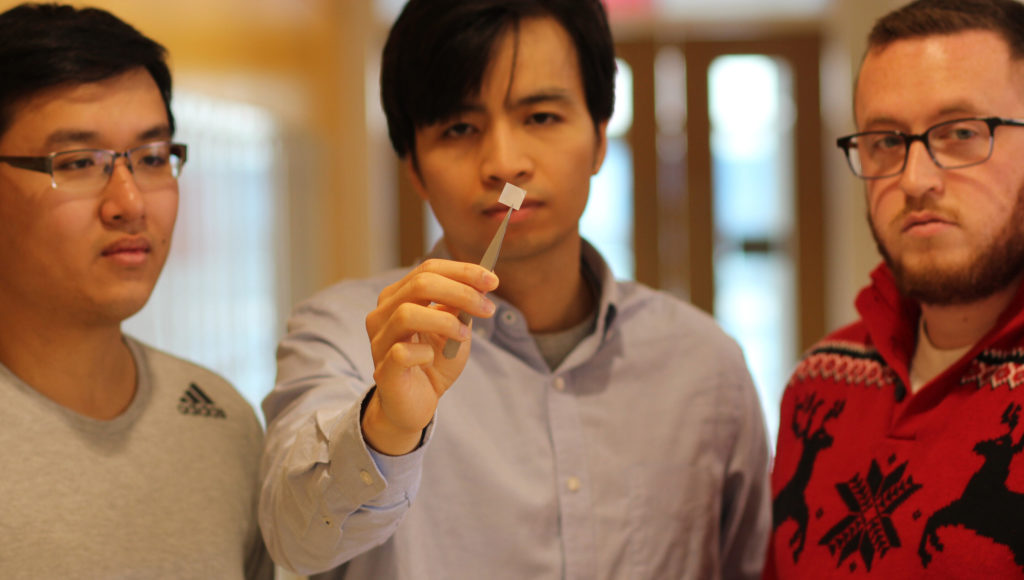#ScienceSaturday posts share relevant and exciting scientific news with the KAND community, and are compiled by Alejandro Doval. Alejandro is from Spain and serves as Team Leader of the KIF1A.ORG parent-led Research Engagement Team. Send news suggestions to our team at impact@kif1a.org.
KIF1A-Related Research
New Genetic Causes of Rett Syndrome Found in Chinese Infants, Study Reports
The team at Rett Syndrome News wrote about research linking KIF1A, GRIN1 and other genetic mutations to Rett syndrome. You might remember reading about this in a previous #ScienceSaturday post. In this new article, Ana Pena, PhD notes:
“KIF1A provides instructions for making a protein called kinesin family member 1A, which plays a critical role in maintaining viability and function of nerve cells. This gene could also be linked to MECP2 function through a common target gene called BDNF, which may explain their overlap in causing Rett syndrome, the scientists said.”
Our two takeaways from this research:
- Rare disease patients and families need access to genetic testing to receive an accurate and timely diagnosis
- We need more communication and collaboration between rare disease communities linked to Rett syndrome to better identify and serve our patient populations
Rare Disease News
Injection of virus-delivered gene silencer blocks ALS degeneration, saves motor function
“Writing in Nature Medicine, an international team headed by researchers at University of California San Diego School of Medicine describe a new way to effectively deliver a gene-silencing vector to adult amyotrophic lateral sclerosis (ALS) mice, resulting in long-term suppression of the degenerative motor neuron disorder if treatment vector is delivered prior to disease onset, and blockage of disease progression in adult animals if treatment is initiated when symptoms have already appeared.”
After observing safe and effective results from this study, the researchers are ready to move on to a larger animal model, “a critical step in advancing this treatment approach toward clinical testing.”
Buzzing through the blood-brain barrier
“UConn engineers have designed a non-toxic, biodegradable device that can help medication move from blood vessels into brain tissues—a route traditionally blocked by the body’s defense mechanisms.”

A Down Year for Drug Approvals, But Notable for Its Standouts
Daniel Levine of Global Genes brings us this quick and informative overview of rare disease drug approvals at the FDA in 2019.
“In many cases, the agency moved with speed to approve orphan therapies that have the potential to significantly improve outcomes for patients and reshape the landscape of specific rare diseases. While others with unmet needs may be in a race against the clock, the ability of some of these therapies to transform the lives of patients stands as hope to others who continue to wait for similar therapeutic progress.”

